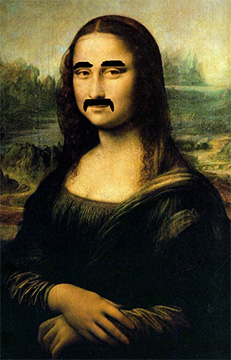 I really like hearing the story of the origin of anything. For all of my life I have heard the term ‘masterpiece’ and always thought it was a modern term as in definition #1, #2, and #3 below.
I really like hearing the story of the origin of anything. For all of my life I have heard the term ‘masterpiece’ and always thought it was a modern term as in definition #1, #2, and #3 below.
masterpiece master·piece (mas′tər pēs′) noun
1. a person’s greatest piece of work, as in an art.
2. anything done with masterly skill: a masterpiece of improvisation.
3. a consummate example of skill or excellence of any kind: The chef’s cake was a masterpiece.
4. a piece made by a person aspiring to the rank of master in a guild or other craft organization as a proof of competence.
Dictionary.com Unabridged
Based on the Random House Dictionary, © Random House, Inc. 2010.
In modern times we use the word masterpiece to refer to a creation that has been given critical praise, one that is considered the greatest work of a person’s career or a work of outstanding creativity, skill or workmanship.
But the fascinating origin is covered in definition #4. Originally, the term masterpiece referred to a piece of work produced by an apprentice or journeyman aspiring to become a master craftsman in the old European guild system. His fitness to qualify for guild membership was judged partially by the Masterpiece, and if he was successful, it was retained by the guild. Great care was therefore taken to produce a fine piece in whatever the craft was, whether confectionery, painting, goldsmithing, knife making, or many other trades. The Royal Academy in London is one institution that has acquired a fine collection of “Diploma Works” as a condition of acceptance.
So the question arises, is anyone in the modern world allowed more than one Masterpiece? Depends, I guess, on your interpretation of the definition. An interesting thought for sure.
JB
 I really like hearing the story of the origin of anything. For all of my life I have heard the term ‘masterpiece’ and always thought it was a modern term as in definition #1, #2, and #3 below.
I really like hearing the story of the origin of anything. For all of my life I have heard the term ‘masterpiece’ and always thought it was a modern term as in definition #1, #2, and #3 below.